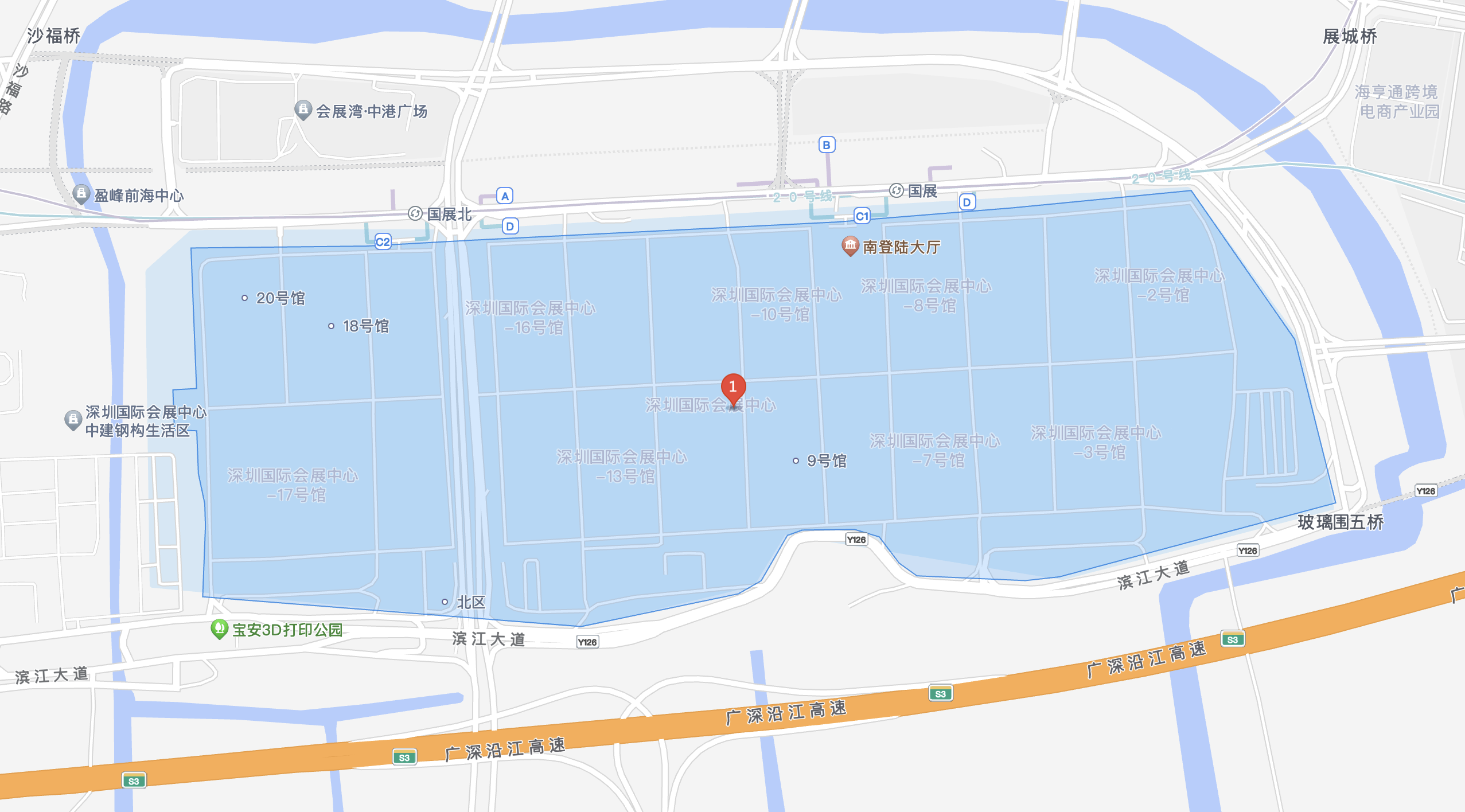Shaanxi History Museum is the first large-scale modern national museum in China and one of the first "AAAA"-level tourist attractions. It is known as the "Pearl of the Ancient Capital and the Treasure House of China". The predecessor of Shaanxi History Museum was the "Shaanxi Provincial History Museum" established in June 1944. In 1983, according to the instructions of Premier Zhou Enlai before his death, the construction of a new museum began at the current site.
As of the end of 2022, the number of collections of Shaanxi History Museum reached 108,697 pieces, including 762 first-class cultural relics and 18 national treasures, ranking among the top museums in China. The collection of cultural relics ranges from simple stone tools used by ancient humans in the initial stage to various artifacts in social life before 1840, spanning more than one million years. Representative cultural relics include Tang animal head agate cups, Tang tri-color camel-carrying music figurines, and Wu Huifei stone coffins.
Recently, the winning bid for the design of the venue equipment renewal and supporting engineering project of Shaanxi History Museum was officially announced. China Architecture Northwest Design Institute Co., Ltd. successfully won the bid with its excellent design plan and comprehensive strength. The project aims to comprehensively improve the venue equipment and service level of the museum. Among them, the introduction of RFID technology is particularly eye-catching, marking an important step for Shaanxi History Museum in cultural relics management.
In this venue equipment renewal project, RFID technology is widely used in the management information system of exhibition hall collections. According to the winning bid, Shaanxi History Museum will deploy 4,500 sets of exhibition hall collection RFID management information systems to achieve accurate and efficient management of exhibition hall collections. The introduction of this technology will not only greatly improve the convenience and accuracy of cultural relics management, but also provide strong technical support for the protection and inheritance of cultural relics.
Disadvantages of Traditional Cultural Relics Management in Historical Museums
The traditional cultural relics management methods in historical museums have the disadvantages of low management efficiency, insufficient cultural relics security, untimely information update, lack of intelligent management means, and difficulty in adapting to the development trend of informatization. Specifically, it can be divided into the following aspects:
1. Low management efficiency
Traditional cultural relics management methods mostly use manual operations, such as manual recording and manual inventory. This method is not only time-consuming and labor-intensive, but also prone to errors, resulting in low management efficiency. With the increase in the number of cultural relics, the difficulty of management has further increased, and manual management methods have been unable to meet the museum's needs for efficient management of cultural relics.
2. Insufficient security of cultural relics
The traditional management method has obvious shortcomings in the security of cultural relics. Due to the lack of advanced monitoring and tracking methods, the risk of loss and damage of cultural relics is relatively high. At the same time, it is difficult for manual management methods to achieve strict control over the entry and exit of cultural relics, which increases the possibility of theft or abuse of cultural relics.

3. Information update is not timely
Traditional cultural relics management methods often rely on paper archives or electronic spreadsheets to record information, which are lagging in information update. Once the cultural relic information changes, such as location movement, status change, etc., managers need to manually update the records, which is not only time-consuming but also error-prone. In addition, paper archives are also susceptible to damage or loss, resulting in information loss.
4. Lack of intelligent management methods
Traditional cultural relics management methods lack intelligent management methods, such as automatic inventory, intelligent storage, real-time monitoring, etc. These intelligent methods can greatly improve management efficiency, reduce management costs, and enhance the safety of cultural relics. However, traditional management methods often cannot provide these functions, resulting in many difficulties for museums in managing cultural relics.
5. Difficult to adapt to the development trend of informatization
With the continuous development of information technology, cultural venues such as museums are also gradually realizing informatization management. However, traditional cultural relics management methods are difficult to adapt to this trend. It lacks interfaces and data formats compatible with informatization systems, resulting in the inability to share and exchange cultural relics information with other systems. This not only limits the development of museums in informatization, but also affects the dissemination and utilization of cultural relics information.
Advantages of RFID information management in historical museums
RFID technology automatically identifies target objects and obtains relevant data through wireless radio frequency signals, and can read and record information without human intervention. In terms of cultural relics management, RFID tags can be fixed on cultural relics or their packaging, and through the cooperation of readers and writers with the background management system, real-time monitoring and tracking of cultural relics location, status and other information can be achieved. This not only helps museums to grasp the dynamic information of cultural relics in a timely manner, but also responds quickly when cultural relics are lost or damaged to ensure the safety of cultural relics. Specifically, the advantages of RFID information management in historical museums can be divided into the following aspects:
1. Improve the efficiency of cultural relics management
Quick inventory: Traditional manual inventory methods are time-consuming, labor-intensive and prone to errors, while RFID technology can achieve fast and accurate automatic inventory, greatly improving work efficiency. By quickly scanning the cultural relics warehouse with a handheld scanning device, the system can automatically record and upload the inventory tasks and results without manual verification one by one.
Intelligent storage: RFID technology can also realize the intelligent management of cultural relics warehouses. Through location reminder equipment, environmental equipment, etc., the existing cabinets and shelves are managed online to realize functions such as outbound location reminders and environmental parameter recording. This enables managers to access cultural relics more conveniently and understand the status of the cultural relic storage environment in real time.
2. Enhance the security of cultural relics
Real-time monitoring: RFID tags can store detailed information about cultural relics and be quickly read when needed. This allows managers to easily track the location and status of each cultural relic, greatly reducing the risk of cultural relics being lost. At the same time, any unauthorized movement or damage will be detected by the system, so that timely measures can be taken to protect the safety of cultural relics.
In and out of the warehouse control: The museum uses RFID technology to control the in and out of the warehouse system, and implements electronic login and retrieval automation. This strengthens the tracking of cultural relics flow, improves the efficiency of in and out of the warehouse, and improves the real-time and refined management level of cultural relics inventory.
3. Improve the visitor experience
By equipping cultural relics with RFID tags, visitors can quickly obtain the historical background and relevant knowledge of cultural relics by simply scanning the tags. This increases the fun and interactivity of the tour, allowing visitors to have a deeper understanding of cultural relics.
4. Adapt to the development trend of informatization
With the continuous development of information technology, cultural venues such as museums also need to gradually transform to information management. RFID technology, as an advanced automatic identification technology, can meet the museum's needs for information management of cultural relics.
RFID technology has broad application prospects in the cultural and tourism industry. It is not only suitable for historical museums, but can also be widely used in libraries, cultural relics, tourist attractions and other fields.
This paper is from Ulink Media, Shenzhen, China, the organizer of IOTE EXPO (IoT Expo in China)







